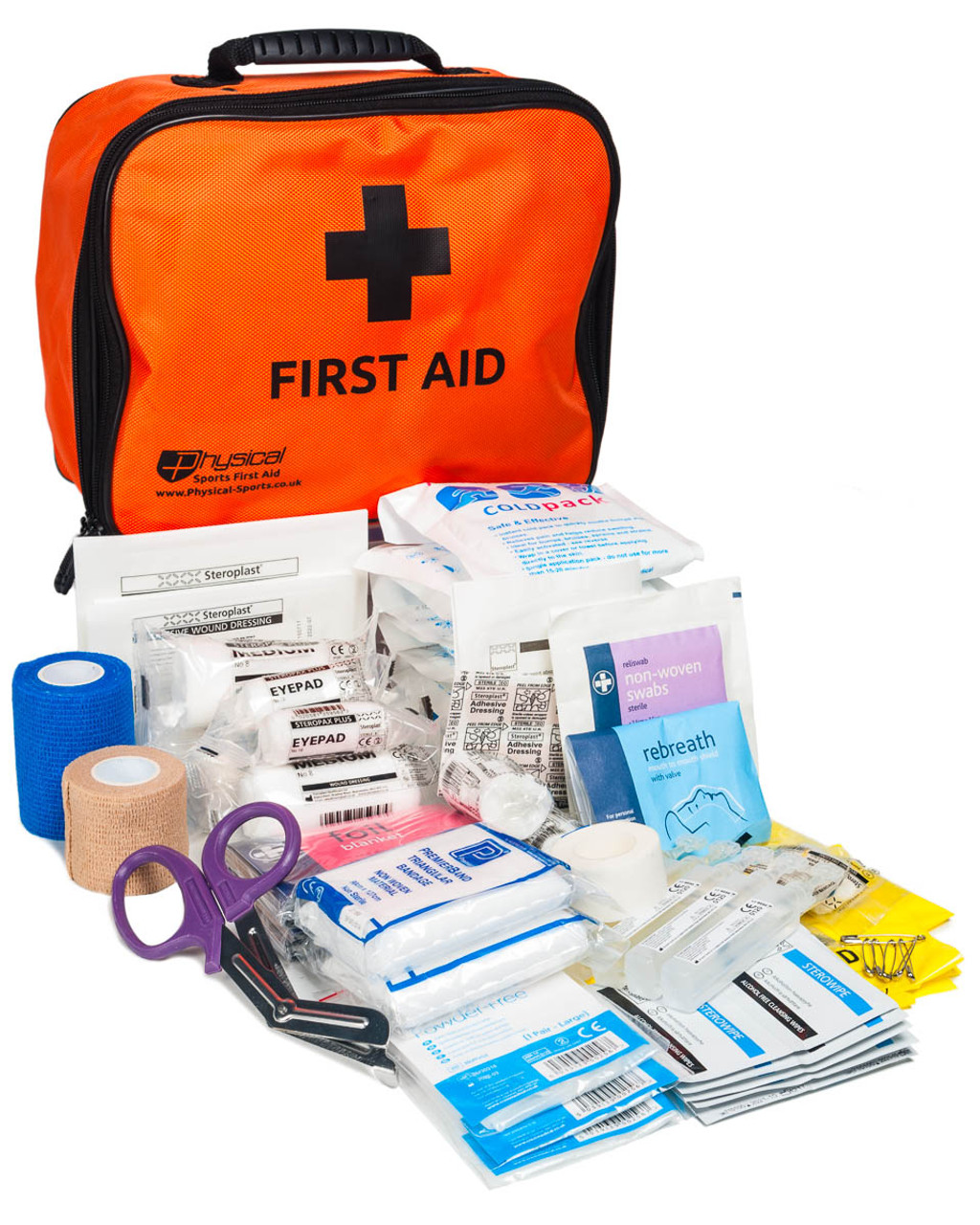The first aid is the primary action to save a person who are at risk of life, but it is a difficult decision because we do not have information about the person, we do not know who is he, what kind of diseases suffered and the most important are we ready and with the necessary knowledge to apply the first aid?
To do a good job, we need to know some basic steps:
- Your life is the most important, sometimes people we know first aids forget to look carefully the enviorment and the patient; with this, He/she is in risk and can became in a patient, too. You need to be sure that the patient and all the people or elements that are in the area are safe or in good conditions.
- If the area is sure, you can start with the patient. First he/she is counscious or unconscious. Look for a response of the patient, you can ask name, age, where is he/she, what day is or the date (be careful if the patients knows the place and the time, it is important to the paramedics).
- If the person is not counscious, call the emergency number of your country !
The first aids have different techniques to save a person's life. One of this technics is:
- CPR or cardio-pulmonary resusitation: it is one of the most importante because they can prevent the death of the patient for a heart attack. To provied CPR to a patient we need to follow some steps:
- Airway: Open carefully the mouth and check that the airway is clean, or in other words, the airway does not has any material or unusual object inside. Open the airway by tilting head with chin lift.
- Breathing: Be careful if the patient is breathing or not (if he/she if breathing, you need to pay attention on how he is doing it. It is fast, slow, difficult or is normal)
- CPR: if he/she is not breathing and does not have pulse star with CPR (30 chest compressions x 2 breaths).
- Desfibrillation: use a AED if the patient does not respond.
You can have also a firts aid kit, that commonly is compouned by:
- Gloves (sterile)
- Bandages, roller bandages and tape
- (Sterile) Gauze
- Antiseptic wipes and swabs
- Absorbent compresses
- Antibiotic cream
- Burn ointment
- Mask for breathing (rescue breathing/CPR)
- Chemical cold pack
- Eye shield and eye wash
- First aid reference guide that includes local phone numbers
Curiosities-on:




